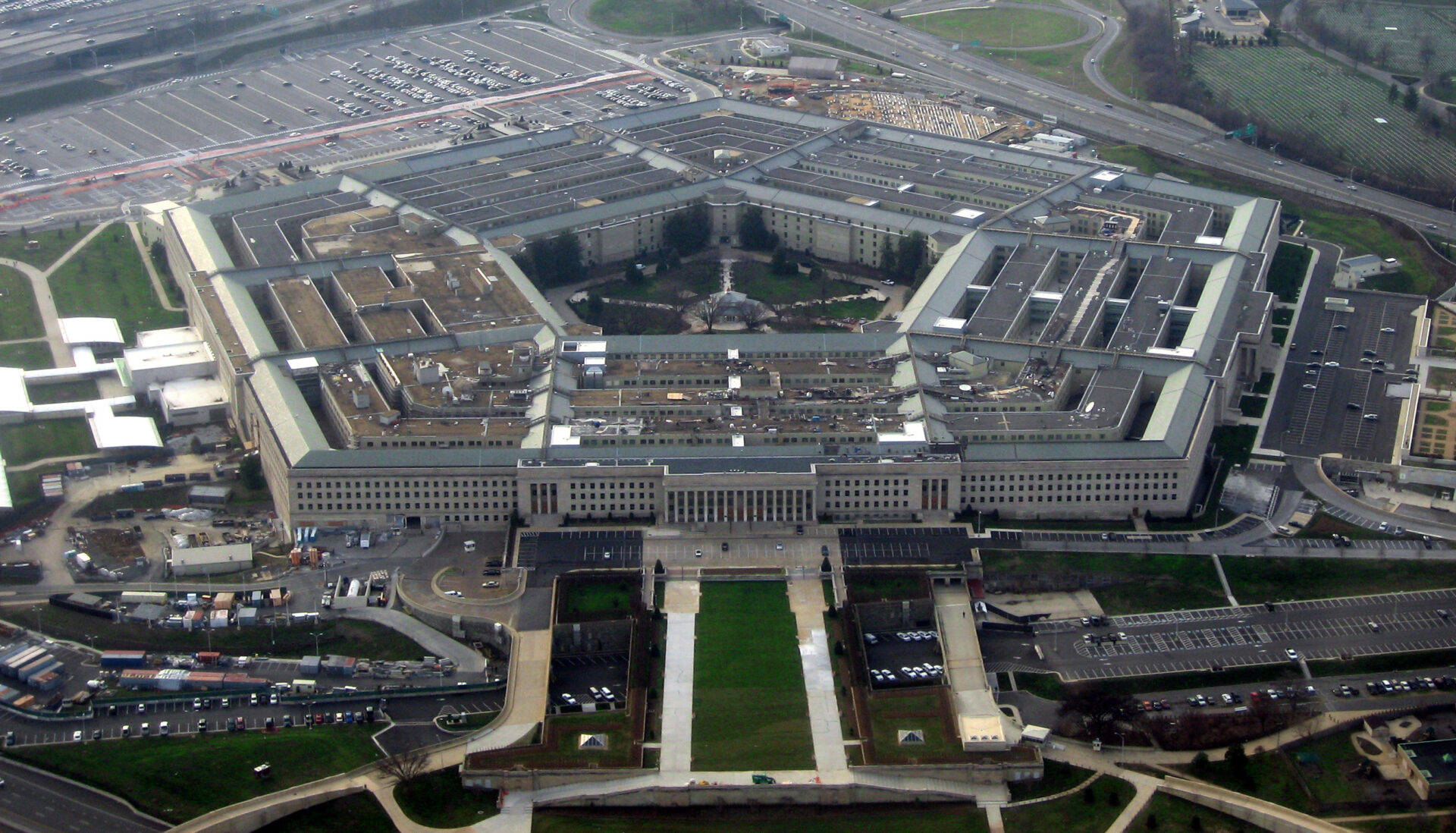Key Takeaways:
- The secretary of defense imposed strict rules on media access.
- These limits target the Pentagon press and defense insiders.
- New deadlines weaken inspector general probes into top officials.
- Major news outlets refused to sign, defending free reporting.
Pentagon Press Policy Explained
On September 19, the defense chief sent a memo to all reporters. He demanded they sign a pledge before entering the building. The pledge said journalists must only publish information preapproved by an official. If they did not comply, they could lose their press badges or face legal action. Shortly after, he softened the language on October 6. However, he kept the core idea: block any unvetted tips from leaking out. Many saw this as a way to choke the Pentagon press and stop stories before they start.
The policy also warns Pentagon employees against speaking with reporters. It says journalists who “solicit” unapproved information may lose credential access. Soliciting covers private messages, mass appeals, or public tip lines. As a result, both sides face chilling risks. Reporters fear they might break rules even by asking simple questions. Meanwhile, insiders worry about losing clear guidance on what they can share. Thus, free flow of facts suffers under this new rule.
Pentagon Press Rule Sparks Concern
Immediately, the Pentagon Press Association spoke out. It said this move threatens a free media and intimidates every staffer. In addition, they called the policy unprecedented for its broad reach. The statement stressed that speaking with the press is not a crime. Yet the memo implies it could be. Even conservative outlets like Fox News refused to sign. They argued the policy erodes basic journalistic protections and curbs vital military coverage.
Meanwhile, only one outlet agreed to the terms. A far-right network signed on and kept its badges. Observers saw this split as proof that most reporters value independence over access. Furthermore, they noted the rule could backfire. If the Pentagon press shuts out honest reporting, public trust in defense matters may fall. As a result, the department risks hiding real issues instead of fixing them.
Why Hegseth Fears Accountability
At the same event where he unveiled these rules, the secretary slammed the inspector general’s office. He claimed it was “weaponized” by complainers, ideologues, and poor performers. His attack came while the IG investigated a massive leak known as Signalgate. In March, he mistakenly shared secret attack plans on a popular chat app. The group chat included his family and a journalist. That slip exposed top-level discussions about a Yemen operation.
Then he set tough new deadlines for all IG probes. Teams must open or close a case in seven days. Status updates must come every two weeks. Command directed investigations need final reports in thirty days. However, complex cases rarely fit such tight schedules. Consequently, thorough reviews will likely collapse. This move blocks deep checks and shields top leaders from questions. Thus, the IG will struggle to ensure proper oversight.
How Reporters Fight Back
Even under pressure, journalists stand firm. They continue covering military stories without signing the pledge. They use public sources, open records requests, and anonymous tips. In addition, some news outlets train staff to comply with basic security rules while resisting gag efforts. They argue that the First Amendment protects their right to gather and publish news.
Likewise, lawmakers have challenged the policy. They held hearings and asked the Pentagon to explain itself. Some senators warned that the move may violate constitutional rights. As this debate grows, federal judges could step in. Legal experts say courts usually block prior restraints on speech. Therefore, a lawsuit might roll back the memo entirely.
Lessons from the Pentagon Press Fight
First, leaders who fear criticism often try to block transparency. When they limit press access or slow investigations, they hide from questions. However, sunlight often proves the best disinfectant. Second, collective action can stop overreach. Reporters, news groups, and elected officials united to defend free reporting. Their pushback shows that no single person can silence the media for long.
In the end, persistence wins. Regardless of threats, reporters kept writing, submitting stories, and sharing facts. Their unity forced revisions and raised alarms. As a result, the story of Signalgate and the attack on oversight reached the public. That outcome proves the power of a free press and its allies.
FAQs
What are the main points of the new Pentagon press rules?
The rules demand reporters sign a pledge to publish only approved information. They also bar employees from talking to journalists without permission.
Why did most news outlets refuse to sign the memo?
They saw it as an unlawful gag order that threatens core journalistic rights and the public’s right to know.
How do these changes affect military oversight?
New timelines for investigations force quick closures. Complex cases will suffer, reducing accountability and transparency.
Can the policy be challenged in court?
Yes. Legal experts say prior restraints on speech usually fail in court. A lawsuit could overturn the memo.

